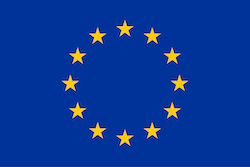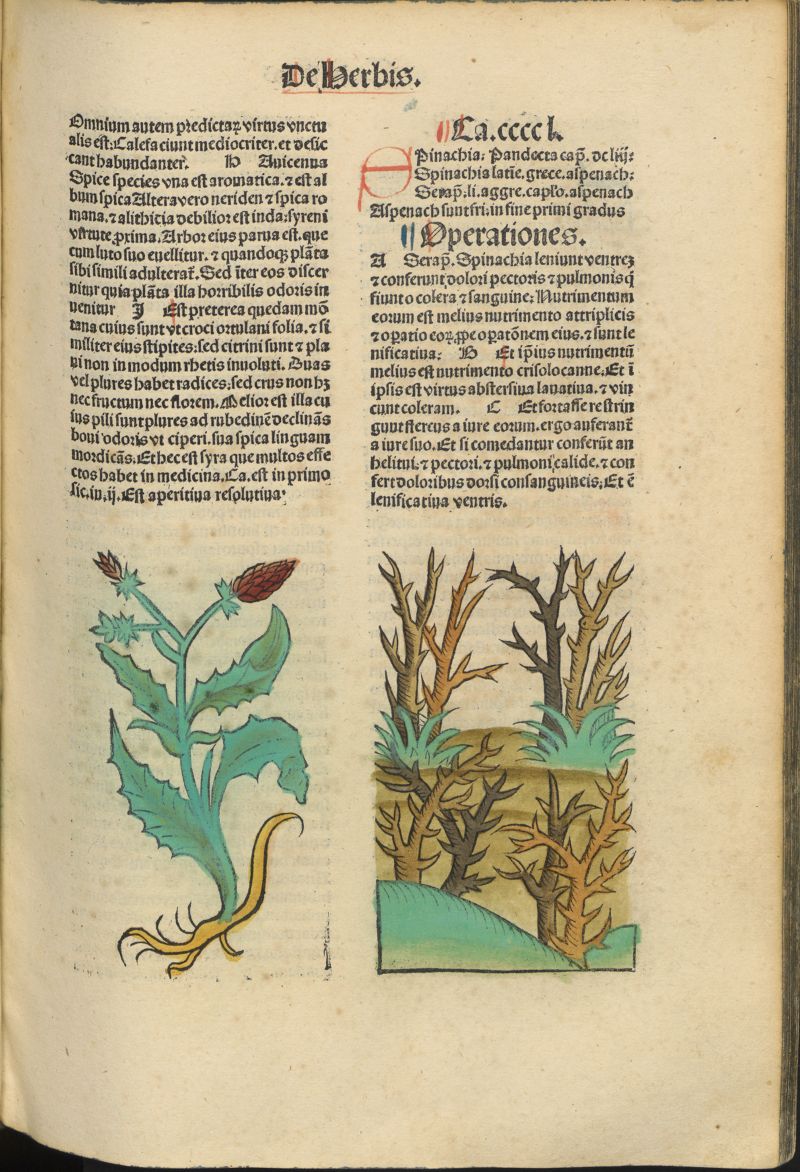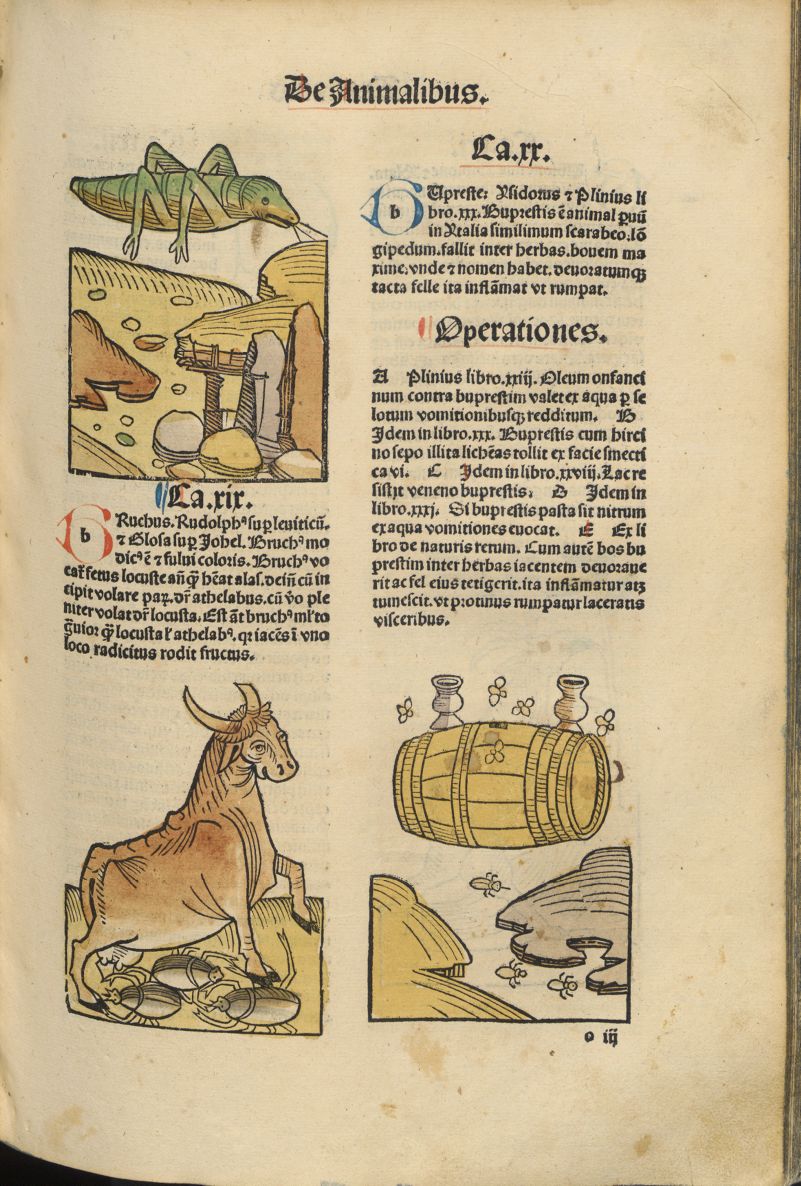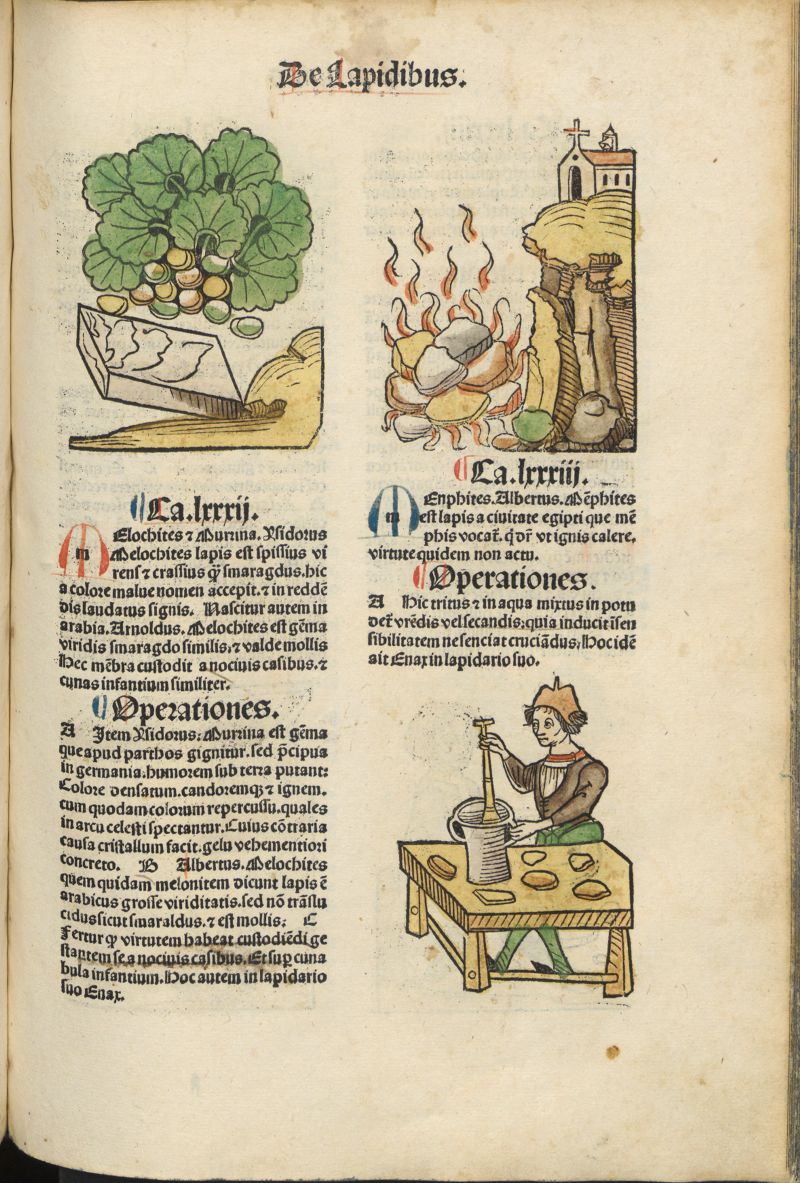Materia Medica is the body of knowledge concerning the medicinal properties mainly of plants, but also of animals and minerals – the so-called ‘simples’ – that in the past formed the raw matter for the making of medicinal remedies. The expression derives from the Latin title of the massive compilation put together by the physician and botanist Dioscorides (De Materia Medica, 1st century CE).
This website stems from the Project MAT-MED in Transit. The Transforming Knowledge of Healing Plants* with the primary aim of disseminating bits of knowledge on plants (mainly) for raising/enhancing the current awareness of the value of Nature as a resource and a source of beauty in our everyday life.
Our early modern ancestors were much more familiar than we are today with materia medica, and were used to manipulating many medicinal remedies by themselves drawing substances from the surrounding environment. Professionals such as physicians and apothecaries, but also many ordinary people, were keen to discover the new therapeutic properties of local plants as well as being passionate about knowing (and cultivating) new plants coming from the Far East, North Africa and the recently discovered New World.
Here are the usual stages that led to the development of a pharmaceutical product: from the natural substance to the drug.

By exploring in great detail a famous woodcut map of Early Modern Venice, we can still see where well-off residents, professionals and artisans kept their own gardens to grow medicinal plants. ➜

We can choose by going through the pages of a watercoloured herbal that a noble Venetian wrote and set up as he acquired new plants for his garden, we can discover this manuscript in which he skilfully noted the therapeutic - and sometimes harmful! - properties of his plants. ➜

Finally, we can take a peep inside the apothecaries' shops to see what substances and equipment they possessed to make remedies from natural substances. Remedies that they then offered for sale. ➜
Gardens or vegetable gardens (Venetians used to blurring the distinction), manuscript (or printed) herbals and apothecary shops were the “sites” where knowledge about materia medica circulated and took shape in Early Modern Europe, not only in Venice. But bear in mind that not only apothecary shops but households as well might be the sites where medical remedies were in the making … entire families also manipulated remedies, sometimes of their own invention, drawing from smaller gardens or harvesting herbs in the fields and buying some semi-processed products.


This project was funded by Marie Skłodowska-Curie Project (Global) - H2020 (2018), G.A. 844886, Oct. 2019-Dec. 2022., Ca’ Foscari University (Venice); partner organization: Brown University (Providence).


